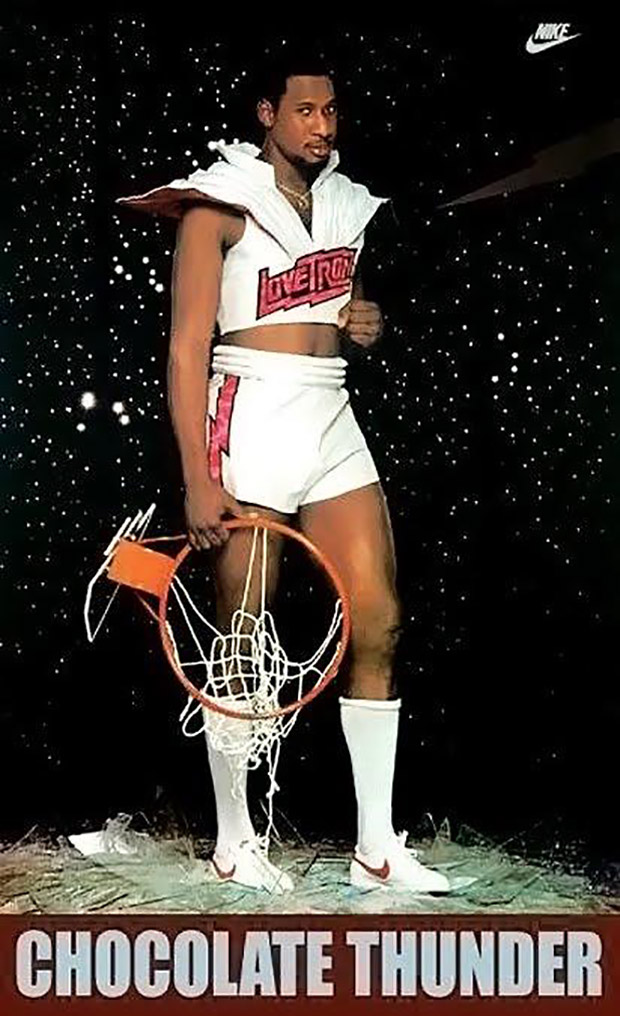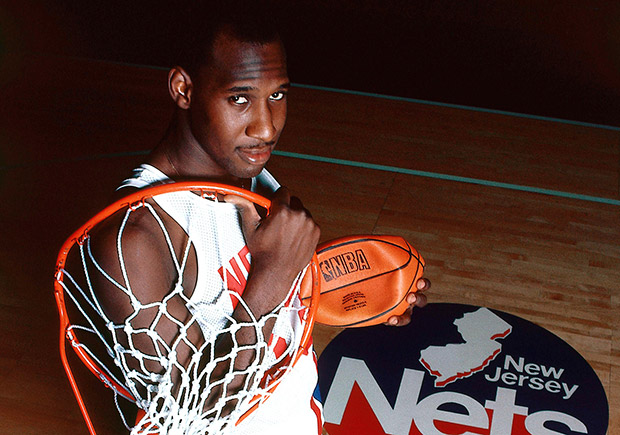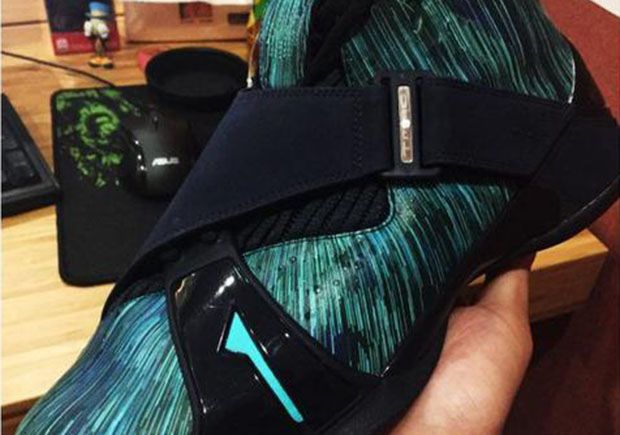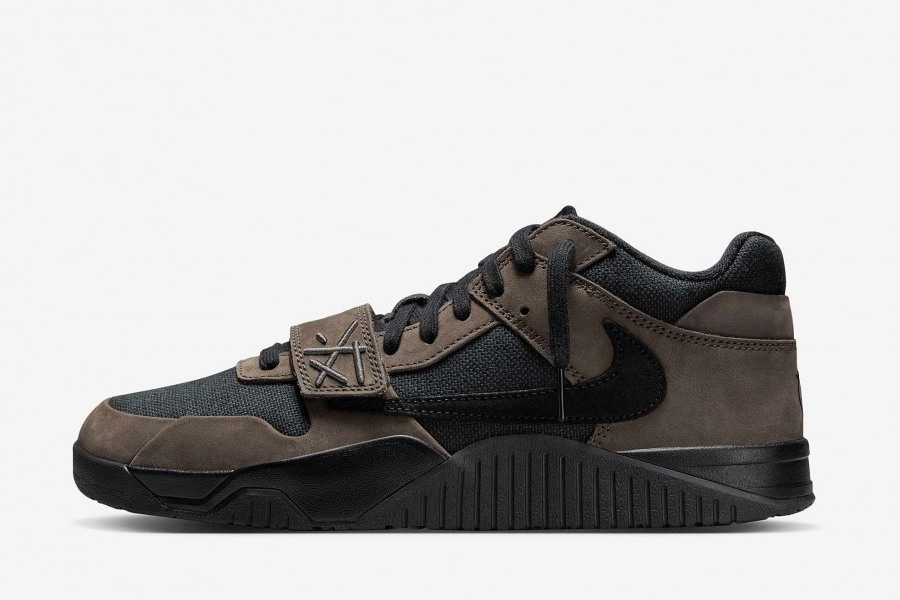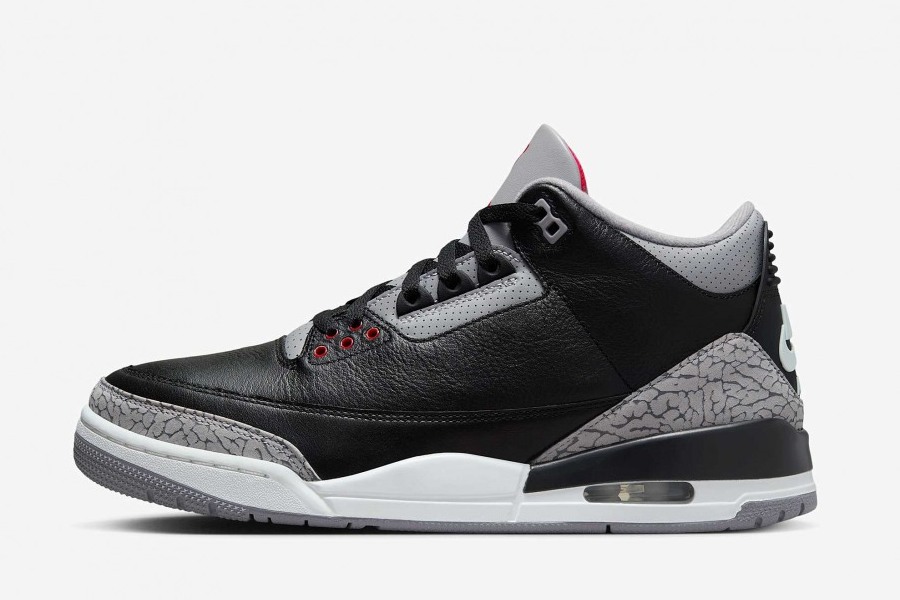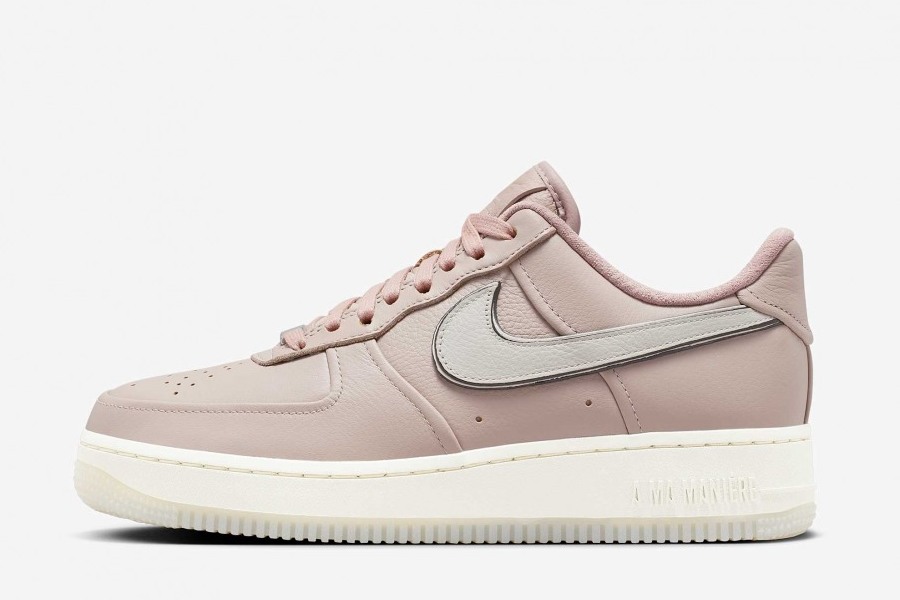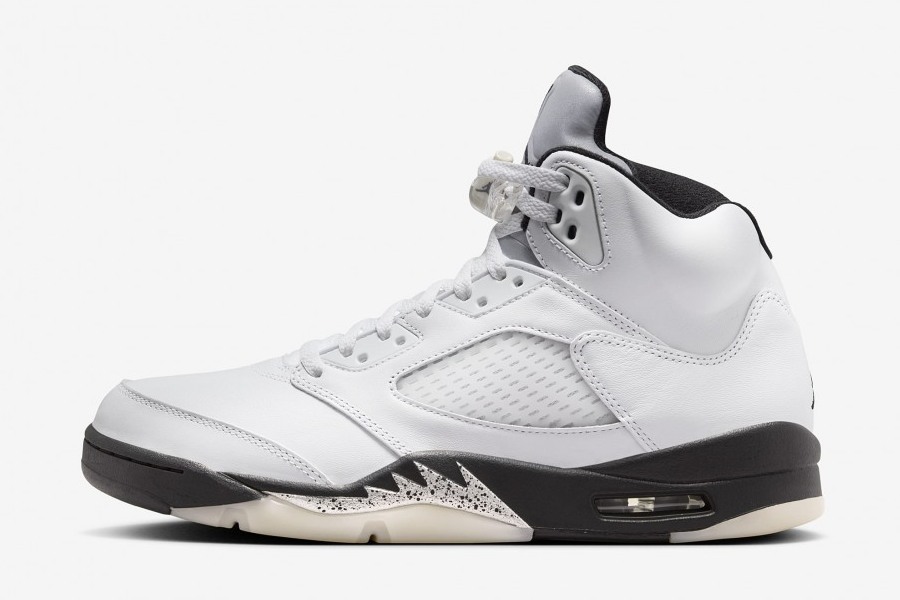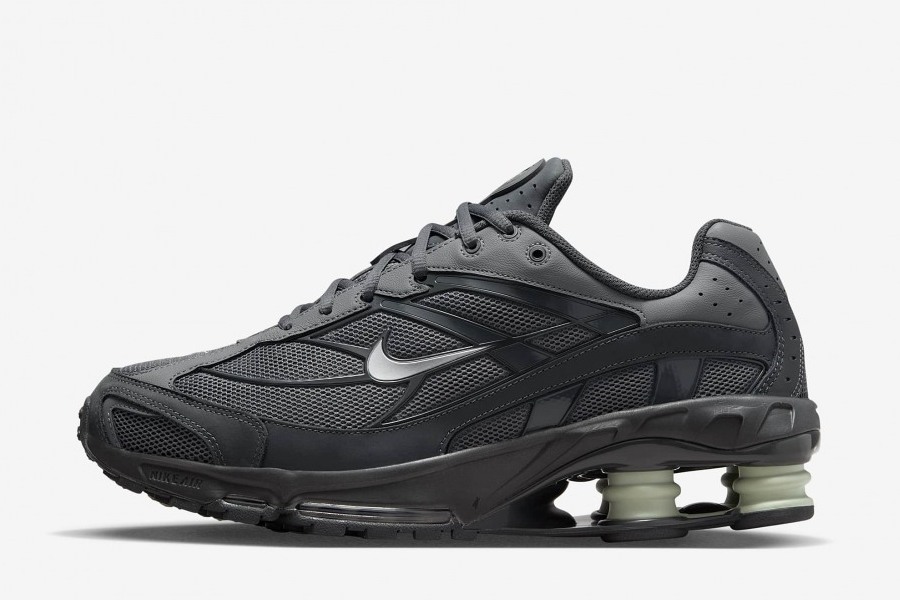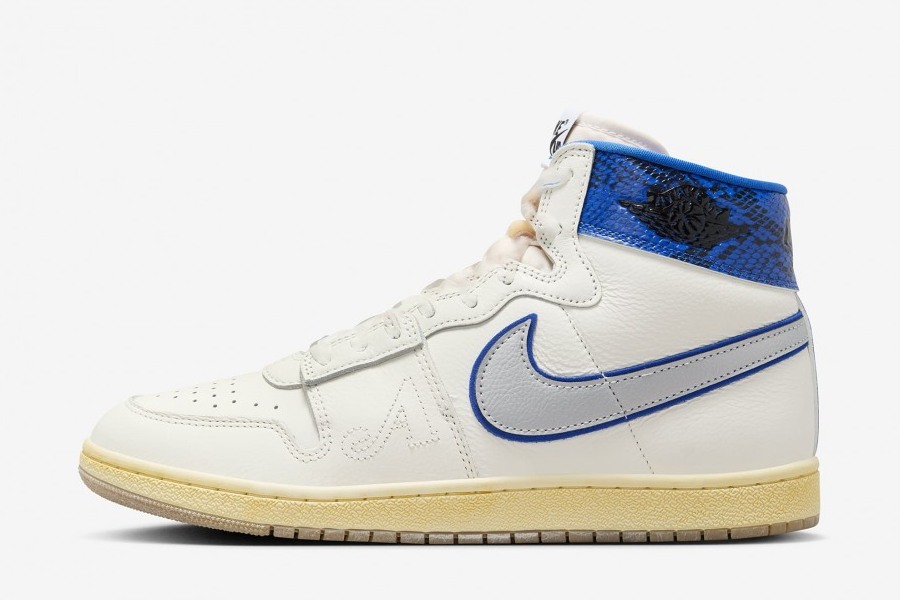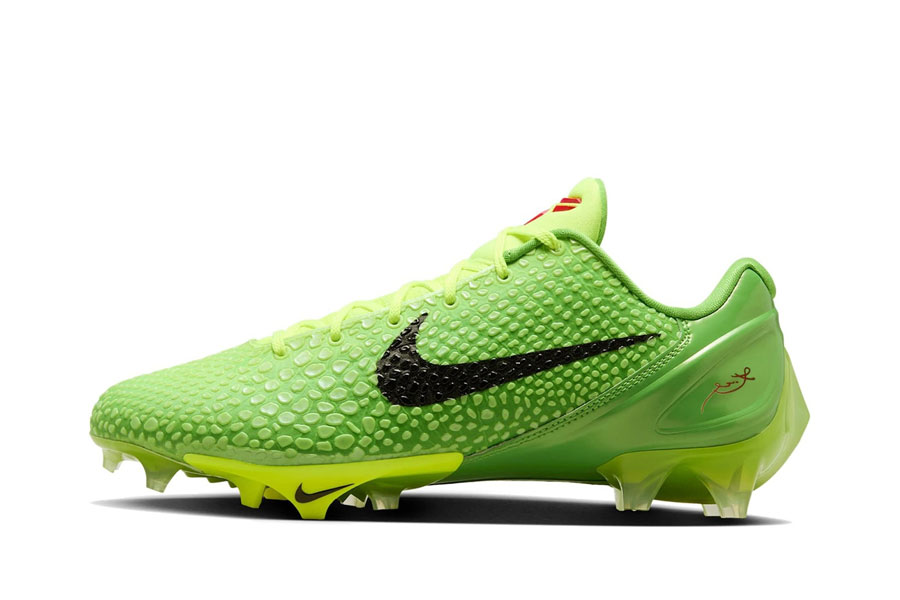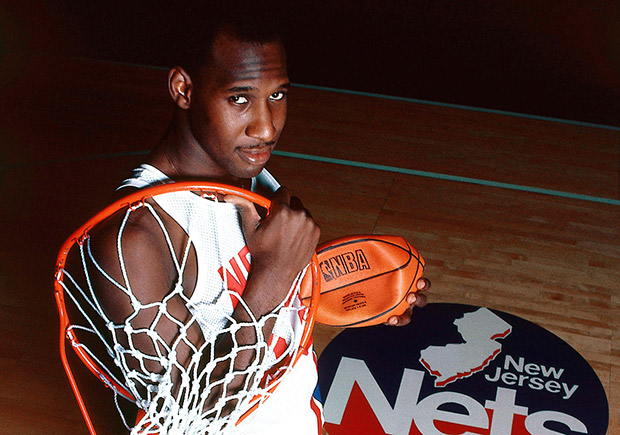
Darryl Dawkins aka Chocolate Thunder will go down as one of the best in-game dunkers in the history of the game. The infamous nickname was given to him by Stevie Wonder, and while Stevie couldn’t see the dunks (unless you’re some kind of blind truther) that should let you know how strong a reputation Dawkins had for slamming one home. The NBA legend’s career stands out for a number of reasons; besides his affinity for breaking rims and shattering backboards, he was one of the earliest players to skip college and go straight to the NBA. With such an attractive aura around his name, Dawkins was a highly marketable and thus sought after by several brands, so much to the point that he was involved in one of the earliest brand/athlete legal disputes in history.
A 1982 article from The New York Times details the dispute in which Dawkins, at the time a Nike athlete, started to take the court wearing products from PONY. The conflict is detailed as such:
What galled Nike officials most was that Mr. Dawkins, known as ”Chocolate Thunder,” had asked for, and received, a $20,000 advance on his $50,000-a-year endorsement contract only a few weeks before his defection. Then, too, Mr. Dawkins’s shoe switch came in the middle of the National Basketball Association playoffs -when his feet would be most conspicuous – and left Nike with 20,000 useless ”Chocolate Thunder” posters.
The poster in question is among the iconic Nike advertisements from the era during which Nike really separated itself from the pack with strong messages and stronger visuals. But with one of their top athletes choosing to switch to PONY at such a pivotal juncture of NBA prime-time, Nike took Dawkins to court in order to put an end to the situation in the only way they truly could. This legal conflict between star and brand is still mirrored in today’s industry that sees a lot more dollars beng thrown around, but this goes to show just how influential an athlete Dawkins really was and how he was one of the pioneers of NBA athletes building themselves into “brands”.
We recommend that you read the full article, which serves as a flashback to the earlier workings of the sneaker industry. Read more in this archived article from The New York Times
